“An honest tale speeds best being plainly told” (Shakespeare, Richard III). And to be honest, you might find this to be very boring: a travelogue about cycling in a straight line. I would not be dismayed if you don’t read this. Still with me? OK. For some time, I have thought to try ride as close as practicable to the Greenwich Meridian line and, with some experimentation using cycle.travel, this is my attempt.
This is partly a route planning challenge, but was also designed to take me to parts of the country where I have not ridden, such as south London. As the crow flies, it is 306 km from point to point, but in practice this becomes 506 km since inevitably the route zig zags as you try to adhere to the Meridian vector, or there is a natural obstacle like the Weir Wood reservoir. In a few places I opted to drift away from the line because the nearest road was likely to have heavy traffic; as a wise person once said: life’s too short to ride busy roads.
S’il y a des cyclistes francophones ayant une expérience comparable, J’aimerais lire sur le cyclisme la Méridienne de France: un parcours nettement plus difficile.
My thanks to Graham Dolan’s detailed website (www.thegreenwichmeridian.org) for its vast collection of information including an interactive map.
Day One: Cleethorpes to Boston (105 km)
For the true completists there is a 13 km part of the line north of the Humber that crosses the East Riding from Tunstall to Sunk Island Sands, but I rode there damply last year, so my route started in Cleethorpes with a short ride in the morning sunshine along the marine embankment cycle path to the pavement line and finger post.
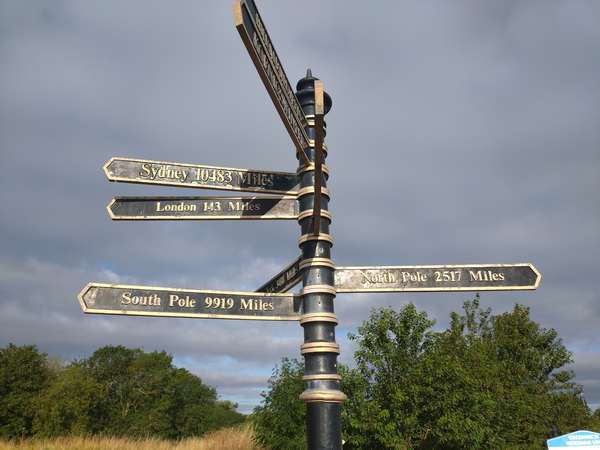
Southwards then across flat countryside to Fulstow, and the next Meridian object: a marker tablet near the village hall. There are many such pieces, usually placed by the local council, some of them a little neglected. I did not try to spot them all, but they were helpful in confirming that I was sticking to the invisible Meridian line. The Meridian passes through Louth (a plaque in Eastgate), which gave an opportunity for a coffee break after finding some artworks loosely connected to the Meridian theme: three Lawrence Edwards sculptures entitled “Searching”, “Mapping” and “Solution”.

Thereafter a bit of climbing through the Lincolnshire Wolds before dropping into flat farmland again. The route passed by the Lincolnshire Aviation Heritage Centre at East Kirkby, but that and its NAAFI café were not open on Monday. Thence into the east side of Boston where the Meridian crosses the tidal Haven river, and an overnight stop.
Day Two: Boston to Cambridge (156 km)
This was the longest day but was exceptionally flat, and drizzling for all of the morning. Through Boston and into flat countryside. In lonely isolation alongside the Frampton Roads was another Meridian marker: a millstone with attached plaque.This is vegetable growing heartland: fields planted with potatoes, onions, brassicas, celeriac, fennel, courgettes and more. For fans of my photographs of potato fields (I’m not aware that there are any such fans), I offer a picture of Maris Piper in flower.
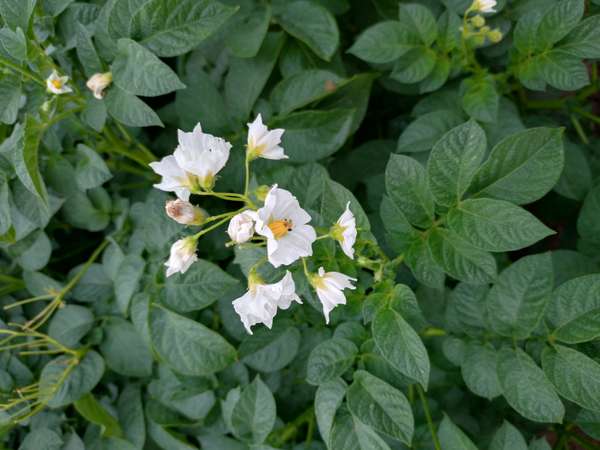
I crossed the river Welland at Fosdyke bridge and then rode onward through Holbeach to the rather imaginatively named Gedney Hill (2 metres above sea level). The strict southward line is impeded by the A47 and River Nene, so I opted to go further east to Wisbech (lunchtime), then worked back westwards through March, Chatteris and St Ives before taking the superb cycle path alongside the guided busway to the edge of Cambridge.
Day Three: Cambridge to London Docklands (128 km)
Returning westwards from Cambridge to the Meridian line, I found myself riding beside fields of gold, the ears of wheat crackling and popping ready for harvest. There was a slight route glitch south of Melbourn, as when I crossed the hideously busy A505 it tried to take me along a path that turned out to be an overgrown drainage ditch (note on OSM says "It is completely overgrown as of June 2021, not a trace of a path"), so I walked the bike along the verge to the next turn and continued south to Buntingford for a food stop. Continuing south in Hertfordshire, through the villages of Nasty and Cold Christmas, and through Ware, Waltham Abbey, under the slow-moving M25, and through Gunpowder Park before latching on to the Lee Navigation path (NCN Route 1). The strict Meridian line would involve weaving through the streets of Chingford and Walthamstow, but it seemed more sensible to use the NCN route.
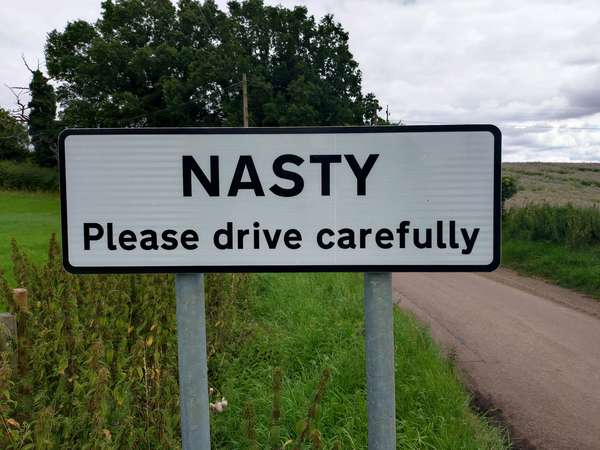
The river Lea, called Lee when canalised, flows imperceptibly south via numerous locks, and the towpath is obviously traffic-free but is quite rough. One section has the canal and towpath running between the steep banks of the King George’s and William Girling reservoirs on one side, and giant warehouses of the Brimsdown industrial estate on the other. After passing under the North Circular Road, the Lee is crowded with permanently-moored canal boats, forming a linear town of alternative lifestyle. At Hackney Wick, after Old Ford Lock 19, I continued south past Anish Kapoor and Cecil Balmond’s 2012 Olympics Orbit tower and onto the Greenway (London cycleway C22) before lastly heading south to the Royal Albert and Royal Victoria docks for the overnight stop (many hotels near the Excel exhibition centre). I have separated the last day of this Meridian ride into a separate travelogue, as this is a distinct route that others may want to try.
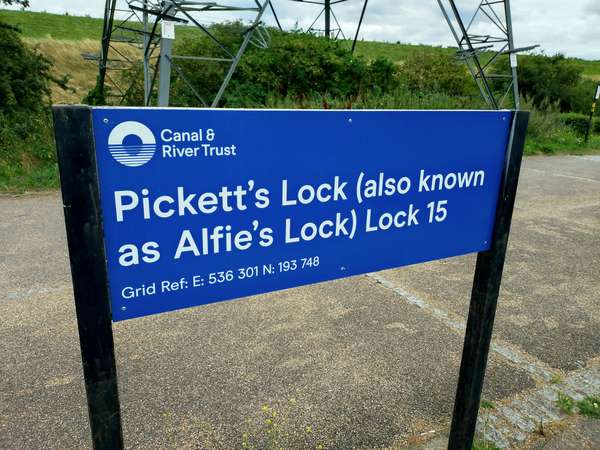
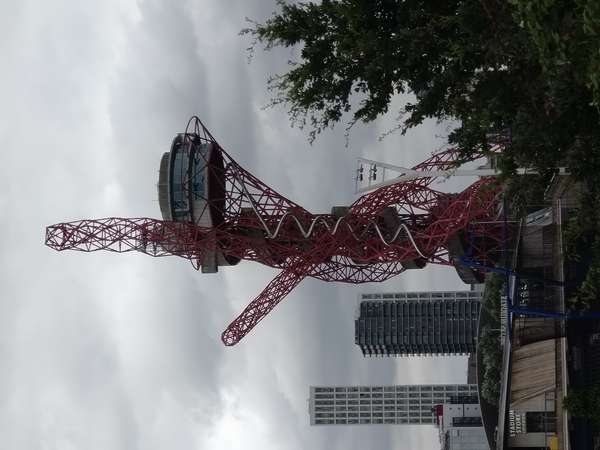




Comments
Nice idea nicely executed Christopher. Thanks for the write up. Having done something very similar the other way, Boston to Cambs is amazingly flat and low, quality of any ride there depends a lot on weather - good Constable-style skies and low winds the optimum conditions in my view. South of Cambs running towards London east of the M11 there are stretches which are more reminiscent of northern France than southern England, especially towards harvest time: a bit of a hidden gem away from the major roads. And the River Lea/Lee Navigation is a nice way to enter London without traffic, but quite rutted and can be very busy with walking families at the weekends.